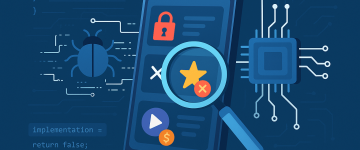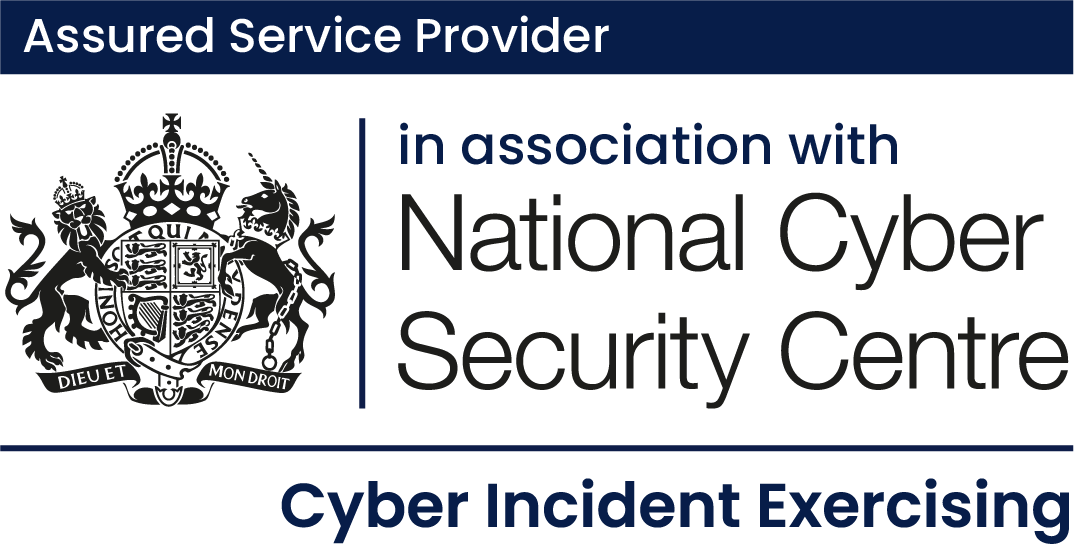Introduction
In testing an organisation, a red team will be seeking to emulate a threat actor by achieving a specific goal – whether that is to gain administrative control of the network and prove they can control backups (a kin to how many ransomware operators work), through to proving access to financial systems, or even gaining access to sensitive data repositories. They will employ tactics, tools and capabilities aligned to the sophistication level of the threat actor they are pretending to be.
However, not all threat actors operate only in the digital threat axis, and will instead seek to breach the organisation itself to achieve their goal. Physical red teaming seeks to test an organisation’s resilience and security culture. It is aimed more at testing people and physical security controls. The most common physical threat actor is the insider threat; however nation state, criminal, industrial espionage, and activist threats also remain prevalent in the physical arena, however their motivations to cause digital harm will vary.
As part of an organisation’s layered defence we not only have to consider the digital defences but also the physical ones. Consider, would it be easier for the threat actor to achieve their goal by physically taking a computer rather than try to digitally gain a foothold and then get to the target and complete their activities? Taking a holistic approach to security makes a significant difference to an organisation.
Understanding Physical Red Teaming
Physical red team simulates attacks on physical security systems and behaviours to test defences. It accomplishes this by:
- attempting to gain unauthorised access to buildings though:
- the manipulation of locks,
- use of social engineering techniques such as tailgating
- bypassing security protocols such as:
- cloned access cards,
- managing to connect rogue network devices,
- or gaining access to unattended documents from bins and printers;
- or exploiting social behaviours and abusing preconceptions
- using props to appear as though you belong or are a person of authority to avoid being challenged.
In digital red teaming we are evaluating people and security controls in response to remote attacks. The threat actor must not only convince a user to complete actions on their behalf, but must also then bypass the digital controls that are constantly being updated and potentially, monitored.
In comparison, physical security controls are rarely updated due to cost reasons as they are integrated into the buildings. Furthermore, people will often act very differently towards an approach when it is conducted online than if it is conducted in person. This can be down to peoples’ confidence and assertiveness which psychologically is different online than in person. Therefore it can be important to test the controls that keep threat actors out and if they fail, that staff feel empowered and supported to be able to challenge individuals who they believe do not belong, even if that person is one of authority until their credentials have been verified.
Why Physical Security Matters in Cybersecurity
At the top end of the scale, we should consider the breach caused by Edward Snowden at the NSA in 2013 which affected the national security of multiple countries. This was a trusted employee, who abused their privileges as a system administrator to breach digital security controls, and abused and compromised credentials of other users who trusted him to gain unauthorised access to highly sensitive information. He then breached physical security controls to extract that data and remove it, not only from the organisation, but also the country. The impact of that data-breach was enormous in terms of reputational damage, as well as tools and techniques used by the security services. Whilst he claimed his motivation was an underlying privacy concern (which was later ruled unlawful by US courts); the damage his actions caused have undoubtedly, though impossible to distinctly prove, inflicted significant threat to life for numerous individuals worldwide. Regardless, this breach was a failing of both physical controls (preventing material from leaving the premises) and digital (abusing trusted access to gain access to digital data stores).
Other attacks do exist however, consider back in 2008, a 14-year-old, with a homemade transmitter deliberately attacked the Polish city of Lodz’s tram system. This individual ended up derailing four trams, injuring a dozen individuals. Using published material he spent months studying the city’s rail lines to determine where best to create havoc; then using nothing more than a converted TV remote, inflicted significant damage. In this instance, the digital controls were related to the material that had been published regarding the control systems and the unauthenticated and unauthorised signals being acted upon by the system. Whilst the physical controls were in terms of being able to direct signals to the receiver which permitted the attack to occur.
Key Benefits of Physical Red Teaming
A benefit of physical red teaming is in testing and improving an organisation’s response to physical breaches or threats. Surveillance, access control systems, locks, and security staff can be assessed for weaknesses, and it can help identify lapses in employee vigilance (e.g., tailgating or failure to challenge strangers).
This in turn can lead to improvements in behaviours, policies, and procedures for physical access management. Furthermore, physical red teaming encourages employees to take an active role in security practices and fosters an overall culture of security.
Challenges of Physical Red Teaming
However delivering physical red teaming is fraught with ethical and legal risk; aside from trespassing, breaking and entering, and other criminal infringements, there could also be civil litigation concerns depending on the approach the consultants take.
Therefore it is important to establish clear consent and guidelines from the organisation, this must include the agreed scope – what activities the consultants are permitted to do, when and where those activities will take place, and who at the client organisation is responsible for the test. This information, including any additional property considerations such as shared tenancies or public/private events which may be impacted by testing also need to be considered and factored into the scope and planning. It is not unusual for this information to be captured into a “get out of jail” letter provided to the testers along with client points of contact to verify the test and stand down a response.
This is to ensure that testing can remain realistic but also any disruption caused by it can be minimised.
Cost is always also going to be a concern, as it takes time for consultants to not only travel to site, but also conduct surveillance, equip suitable props (some of which may need to be custom made), and develop and deploy tooling to bypass certain controls (such as locks and card readers) if that is required in the engagement.
Conclusion:
The physical threat axis is one that people have been attacking since time immemorial. However in today’s world we have shrunk distances using digital estates, and have managed to establish satellite offices beyond our traditional perimeters and as a result increased the complexity of the environments we must defend. Red teaming permits an organisation to assess all these threat axis and consider how physical and digital controls are not only required but need to be regularly exercised to ensure their effectiveness.
Readers of this post are therefore encouraged to consider the physical security of their locations – whether that is their offices, factories, transit hubs, public buildings through to security of home offices, and ask themselves if they have verified their security controls are effective and when they were last exercised.
Our Red Team services: https://prisminfosec.com/service/red-teaming-simulated-attack/















